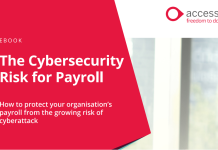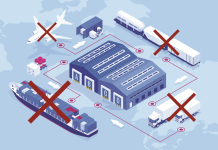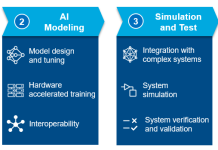Micro-Molding – no substitute for experience
Aaron Johnson, VP of Marketing and Customer Strategy, Accumold
Micro molding has been a key technology assisting OEMs as they strive for smaller and smaller...
Three solutions to supply chain challenges utilising ERP
Disruptions across the supply chain are inescapable. Different parts of the world have experienced supply chain disruptions at different times due to different reasons. These range from trade wars, natural disasters, major supply failure, the pandemic, or most recently, the Russian-Ukrainian war.
5 Effective Ways to Protect Your Payroll Data
Australian institutions regularly face cybersecurity threats, and these risks are getting bigger and more threatening as years pass by.
Achieving tolerances in precision plastic moulding
Article by Aaron Johnson, VP of Marketing and Customer Strategy, Accumold
Much is made of the need for manufacturers embarking on a micro molding project...
Photo etching critical components for aerospace applications
Article by Jochen Kern, Head of Sales & Marketing, micrometal GmbH
When manufacturing parts for critical aerospace applications, it is vital that the process chosen...
Rolling In The Deep — A Case Study In The Use Of 3d Printing...
Article by Nick Allen, Managing Director, 3DPRINTUK
3D printed parts are now common-place in end-use applications, but not all are used in as exacting an...
Global Aluminium demand and pricing impacts local supply
How supply shortages and rising LME is impacting Australian Aluminium suppliers
Pandemic Supply Chain Issues Continue
Article by Nick Allen, Managing Director, 3DPRINTUK
Many commentators have recently been discussing the supply chain issues that bedevil the world in the backdraft caused...
Ensuring AI success in manufacturing
Article by Stephane Marouani, Country Manager ANZ at MathWorks
AI offers a number of new applications for engineers in the manufacturing industry. In order to...
Time for manufacturing to come home
Article by Jamie Dixon, Supply Chain Director &
James Sheerin, Senior Consultant TMX
This Christmas, what is filling the stockings of Australia will be the result...


























